Lenovo ThinkStation P300 Workstation Review: Haswell plus Quadro
by Ian Cutress on November 4, 2014 10:00 AM EST- Posted in
- Systems
- Intel
- Lenovo
- Seagate
- Quadro
- Workstation
- Haswell
- desktops
- Enterprise
- NVIDIA
Lenovo ThinkStation P300 BIOS
When dealing with a prosumer build from a component reseller, the system often uses a commercial motherboard with the BIOS well documented in reviews of that motherboard. Because HP, Dell and Lenovo custom build their systems, including the base motherboard, it means that the BIOS and bundled software is also built in-house. When it comes to a non-overclockable prosumer system, the only need to enter the BIOS is usually during an initial setup to configure the system in terms of features enabled or boot order adjustment. As a result, while Lenovo has personalized the UEFI to some extent, it remains a text based interface with no images.
The screen on entry is under the Main tab and offers the system type, serial number, license status and other identifiers. Normally at this point I suggest having information such as the CPU installed, the DRAM installed and the BIOS version, just for a complete picture of the system before I begin, but that could also be extended to what storage/optical drives are also present.
Most of this information is in the System Summary option off of the Main tab, giving CPU name, frequency, core count, total memory installed, video source, enabled fans and detected drives. If I were to suggest an update, for the fans I would show the phrase ‘Operating at x RPM’, with the RPM detected when the screen is entered.
The Devices tab gives extra menus regarding the COM/USB/video/audio/networking options. The only option for most is to enable or disable:
The Advanced tab offers more in terms of CPU setup and Smart Connect Technology:
The CPU Setup menu deals with the usual array of enabling/disabling cores or HyperThreading along with C-states and virtualization features. By default, VT-d was disabled in our system. Intel RST was also disabled.
The Power tab at the top opens up a menu for power saving modes and an ‘Intelligent Cooling Engine’.
In the ICE menu the fans can be configured in either Acoustic mode, Thermal mode or Full Speed mode. Throughout our testing we left it on Acoustic mode and even with the side panel off under heavy load, it was still relatively quiet.
The Security tab offers different security options, such as Hard Disk passwords, Fingerprint sensor functionality (if one is equipped), TCG, system log monitoring and secure boot options.
The Startup tab overs a variety of boot sequence options including fast boot/CSM modes. The Primary Boot Sequence option here is for when the system is booted by the power button, while the Automatic Boot Sequence is for when another feature wakes the system (keyboard, network).
The final screen is for Save and Exit options. Unfortunately we do not have a Boot Override function, should any prosumer want to LiveBoot into a different OS.
Lenovo ThinkStation P300 Software
Because Lenovo is more than just a system integrator, the software supplied is aimed at providing a Lenovo based experience. Because the motherboard is not of a consumer design like a boutique build, there is no software from that front. This means that companies like HP, Dell and Lenovo design their own to more accurately match their philosophy regarding user interactions. Normally software like this is filed under ‘bloat’, but it would seem that Lenovo is making a good effort especially in the automatic update and repair/recovery parts of the spectrum.
To that effect we must start by pointing out the storage situation with the P300:
Our 1 terabyte SSHD is split into two drives with one of these being a recovery partition. This partition should help restore the OS to a default state through Lenovo’s software should something happen to the main partition. On our system, approximately 100GB of the main partition was already filled with software, giving ~800 GB free for the user.
One prominent feature of the Lenovo software package is Norton Antivirus. Not the full program, but we get bloatware in the form of a 30 day ‘premium’ trial that won’t shut up about itself:
The only way to get rid of it is to uninstall it, or agreeing to the 30 day protection.
The Lenovo software side of the equation comes in several parts, the first of which is a program called ‘SHAREit’. Similar to the way ASUS uses WiFi-Go to help users transfer files between Windows and Android, ShareIt is similar.
The only issue here with ShareIt is that our system does not come with a WiFi module installed. The specification sheet that Lenovo supplied with our system said it did, but actually looking at the system by opening the side panel showed no add-on device.
If there is a WiFi module, the system can search out for devices with the software required to receive the files.
The main part of the software package comes under this menu, offering links to other applications that deal with updates, diagnostics and some Windows based operations.
When it comes to reviewing systems and motherboards, update software is almost vital. It allows the user to keep up to date with drivers, security updates and other new features that the manufacturer has included. In the motherboard industry, very few of these packages work well (MSI gets the most credit there), so it was interesting to see how Lenovo would perform.
Firstly, the aesthetic of the software is very reasonable, giving clear instructions and menu options.
The update menu gives the list of potential downloads, with menus for critical updates and recommended updates similar to what Microsoft offers. While it does not show the size of each download, it keeps a running total of those selected down the bottom.
Users can scroll through the updates selected, where here it shows the actual size and version to be downloaded and installed.
The update procedure itself shows a per-update progress bar and an overall progress bar.
There is also an option to select a monthly download cycle.
Aside from the update software is the Lenovo Solution Center which focuses on the system from Lenovo’s perspective. Here it states how long the warranty on the system is, the serial number, the BIOS version and what product is being used. Similar to Windows, it offers alerts on things like anti-virus and software updates.
The system tab offers several icons related to the hardware in use as well as the software stack in the OS.
For example, the Storage icon opens up this menu and offers disk cleanup and drive optimization. Lenovo also adds in the ‘get more storage’ option should you wish to upgrade.
Similarly with the DRAM, we can see what is installed and the software offers links to purchase more.
We also have the backup interface that offers two alternatives – Lenovo’s Rescue and Recovery or Windows Backup Tool.
Users can save the system report if there is an issue and Lenovo needs to inspect what is installed in the system.
The Rescue and Recovery software offers two modes – simple and advanced. Here is the Simple menu offering two options for backup and restore. The advanced menu allows the user to manage multiple backups, or backups of certain portions of the drive, along with creating rescue media.



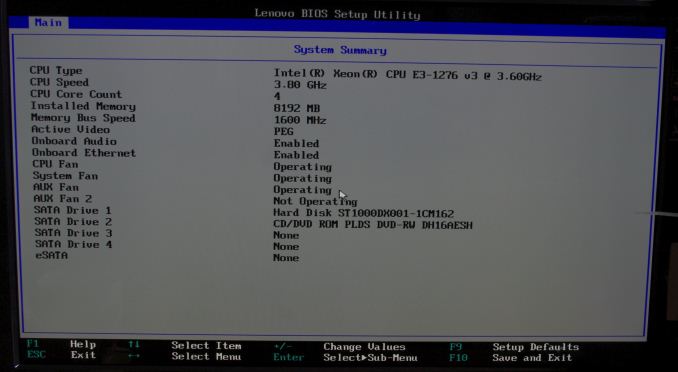

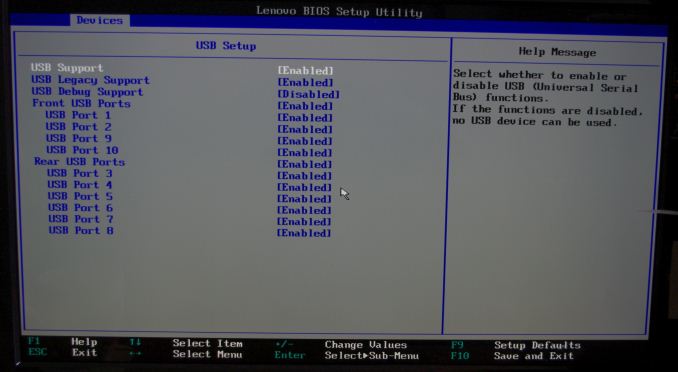

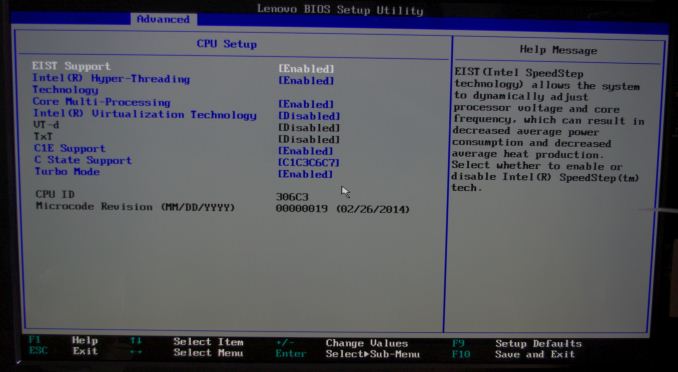

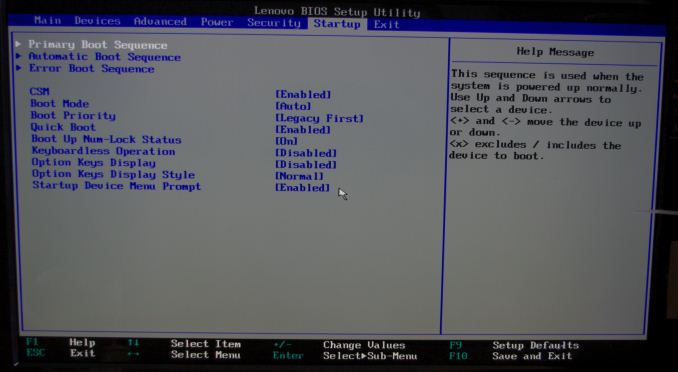
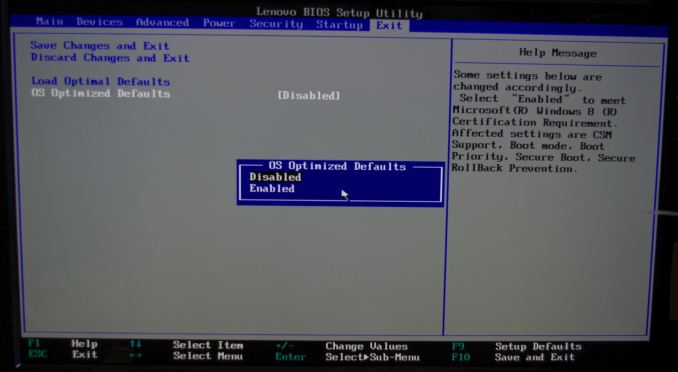






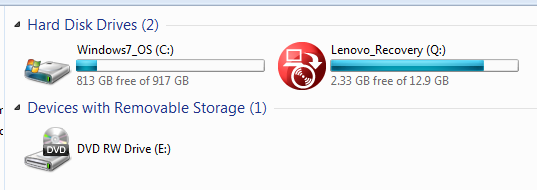
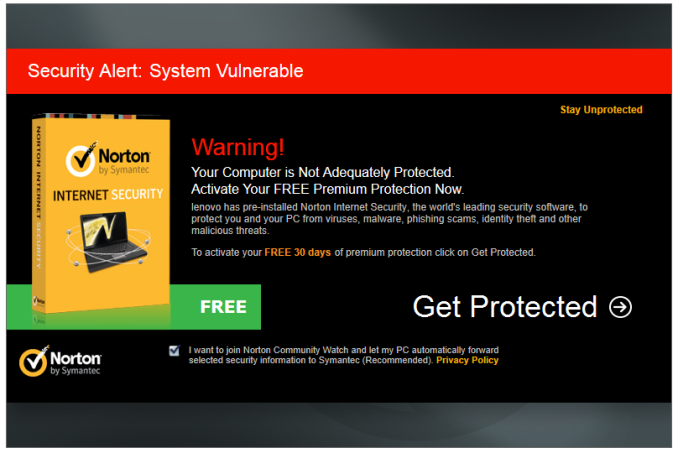

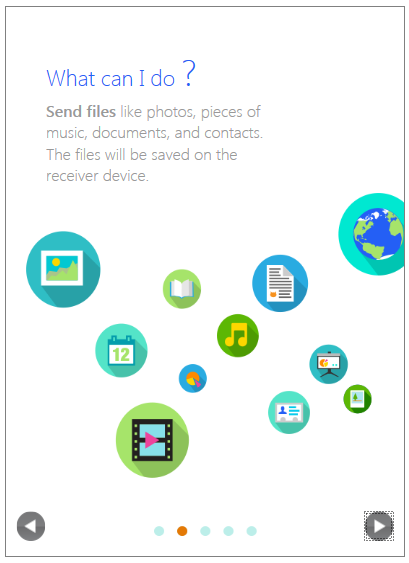

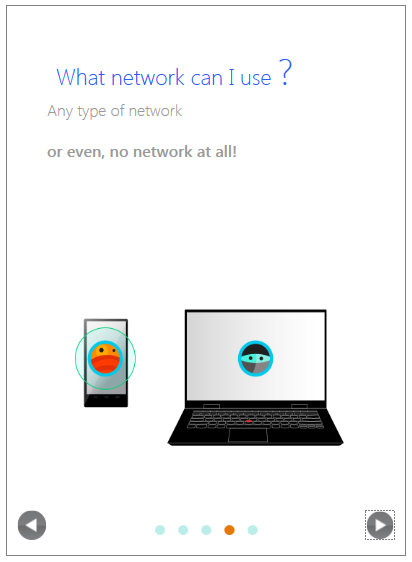
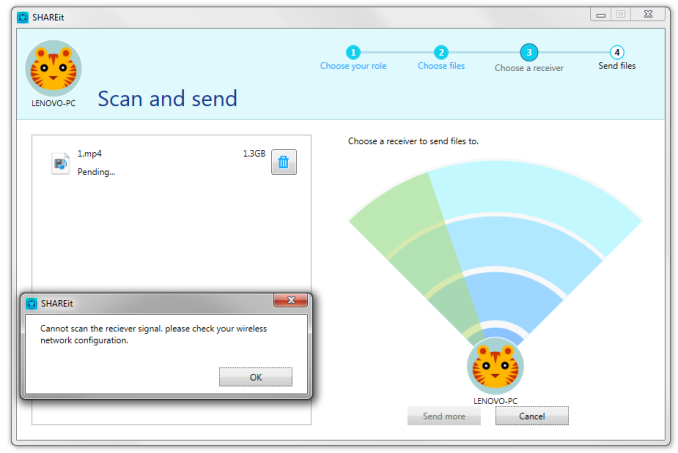
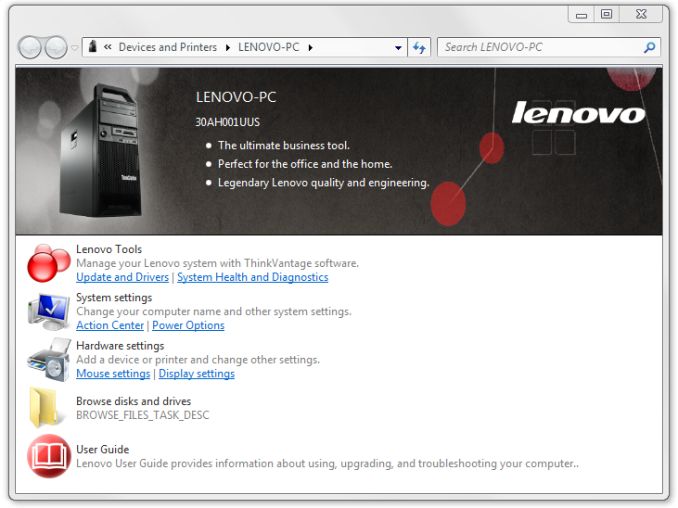

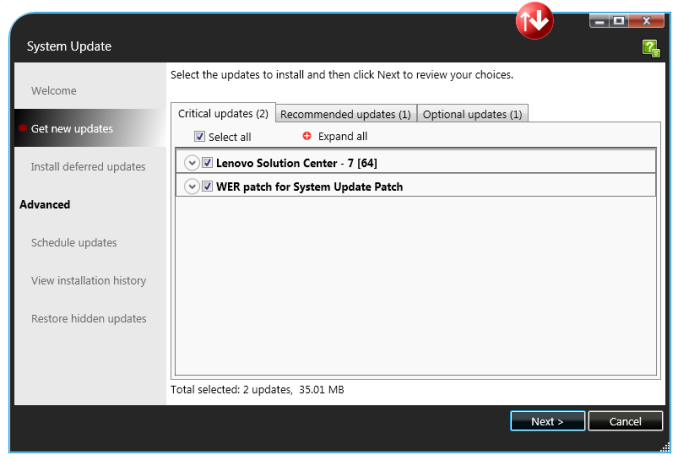
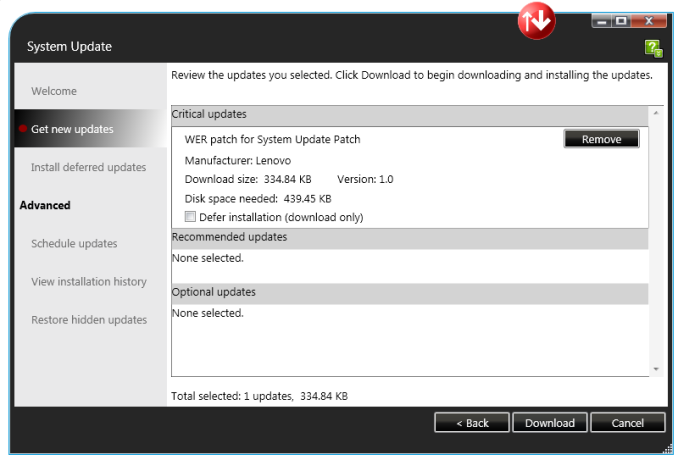
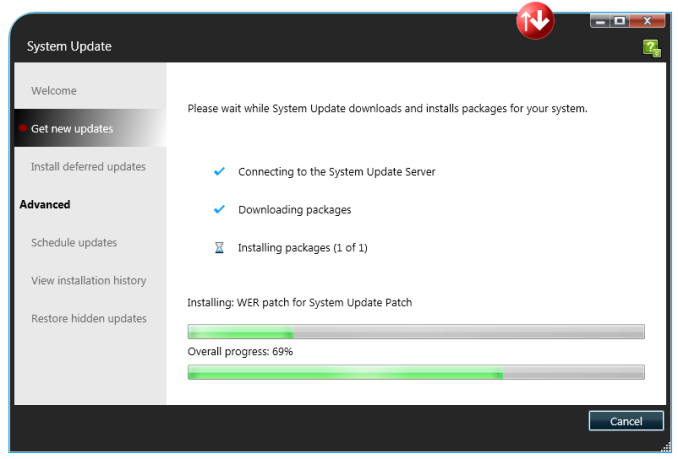
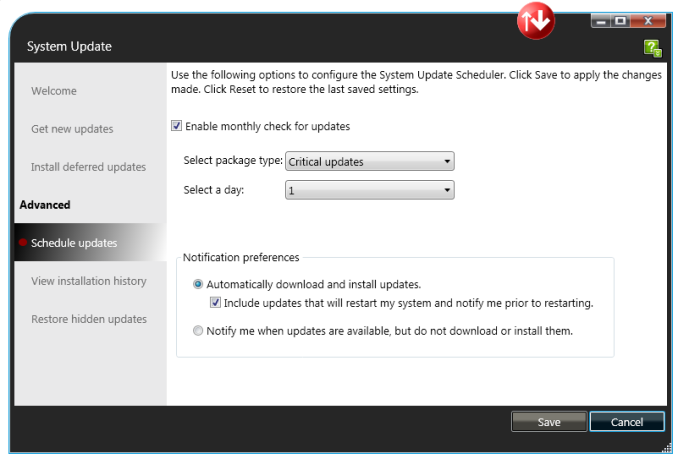
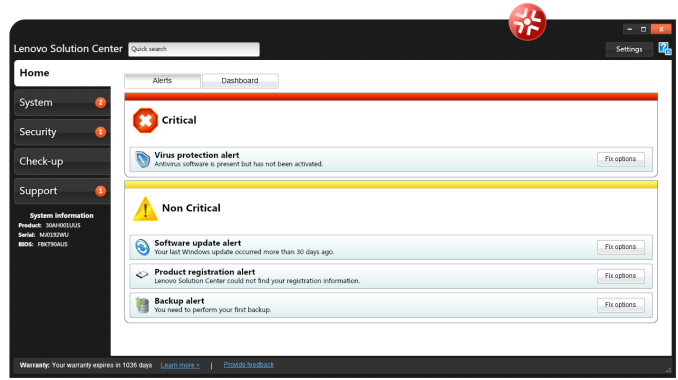
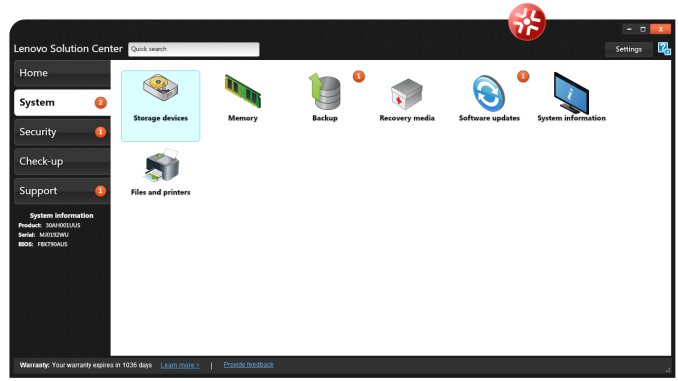
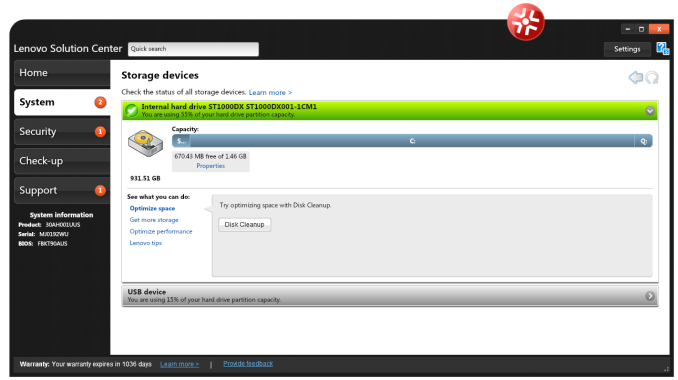
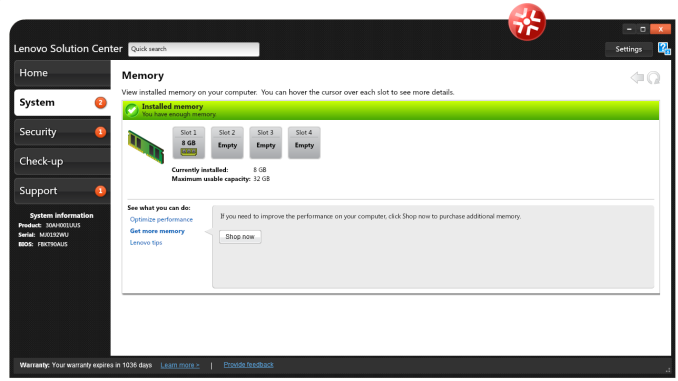
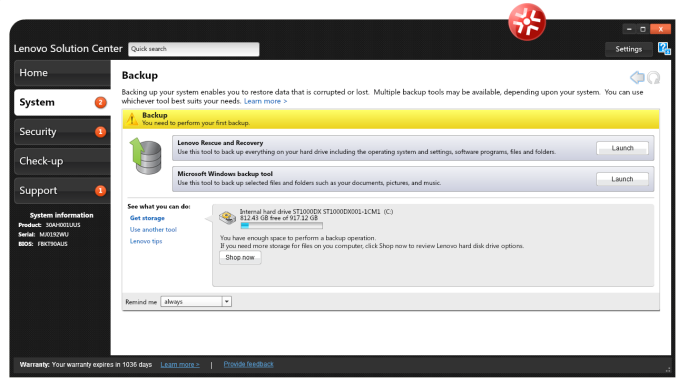
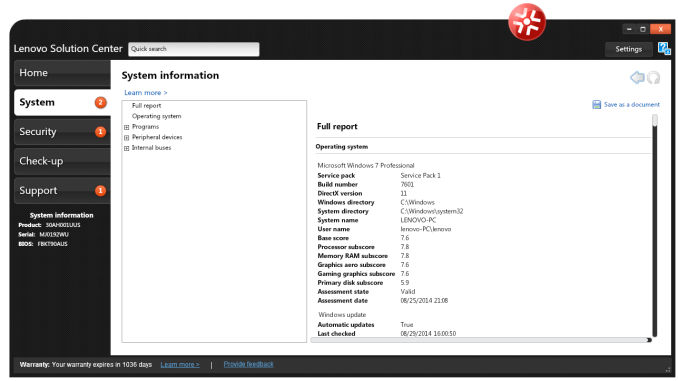
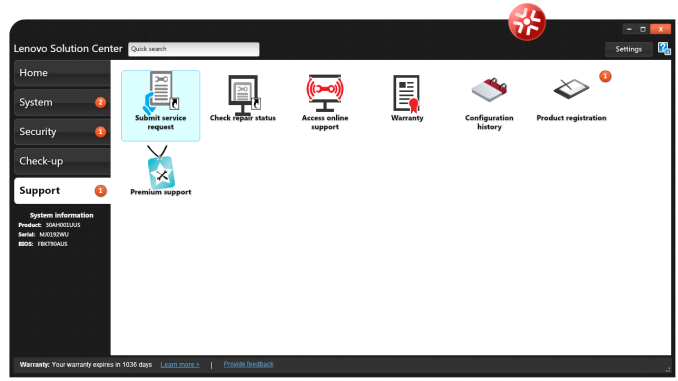
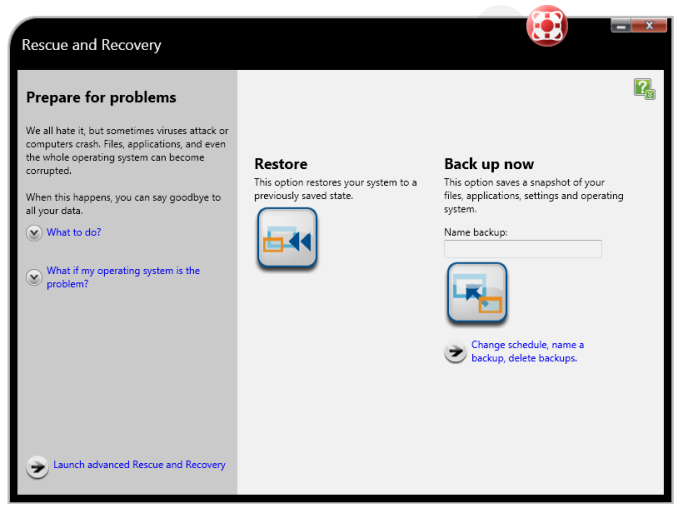
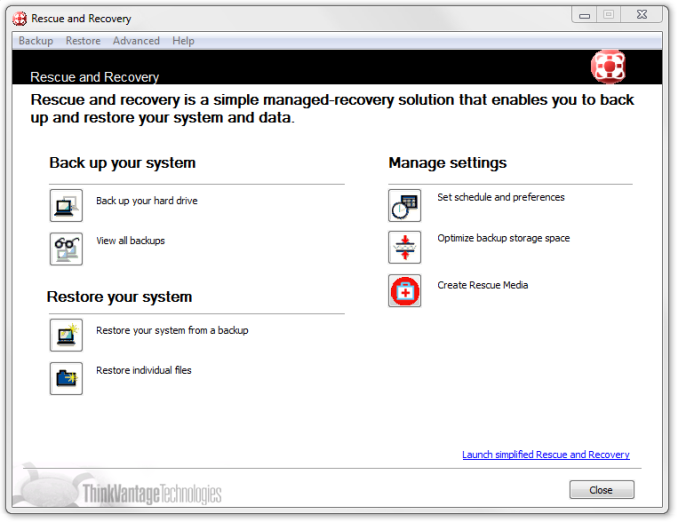














55 Comments
View All Comments
Dr.Neale - Wednesday, November 5, 2014 - link
All the more reason why Kenobi should spend at least $20 more for an 8 GB stick of ECC memory, or $110 more for 2 x 8 GB dual-channel ECC memory, instead of saddling the end-user (buyer or lessor) with a crippled single-channel non-ECC memory system. Come on, it's less than the cost of upgrading the GPU from a K4000 to a K4200, and it would enhance the spec sheet considerably.Other things being equal, isn't 16 GB ECC dual-channel memory MUCH more appealing than 8 GB non-ECC single-channel memory???
And it would generate MUCH more favorable reviews!!!
Dr.Neale - Wednesday, November 5, 2014 - link
Damn auto-correct changed "Lenovo" to "Kenobi" !?!?!atl - Friday, November 7, 2014 - link
This configuration is obviously unbalanced and have some funny moments with pricing.1 Unbalanced.
You do not put by default on generic $2000 price range workstation $800 USD video cards.
Yes, with some GPU heavy workloads may require it, but in higher class workstation. Or, if is in this price range - in very rare cases.
Far better balanced will be if for same price get K2200 video card and with spared resources get
32GB RAM, good SSD + 2/4TB high class HDD - WD black or same range from other suppliers.
Also CPU is not well chosen - 1276 is 50% more expensive, but only 8.1% faster than 1230.
2. Funny thing about pricing.
I don't say over expensive, just can't find proper word for it.
Given CPU, RAM, HDD and VGA are commodity and can be obtained with same service/warranty quality from local supplier (sometimes with even better terms) and cost of it is around $1200, this left us with $1000 price tag for PSU/CASE/MB combo.
Note that Lenovo itself obtains this components on very lower than Newegg!!!
Sorry, but i can't imagine how semi commodity PSU for price tag under $100, virtually featureless motherboards and case without any special cooling, 4 PCI slots and even no frontal hot swap disk cases can cost $1000. Ye, i know that MB is "industrial strength, highly redundant, certified, sunroof, ABS, 4x4, etc", but this class MB costs under $300 from other suppliers.
Examples can continue but will stop here...
Dr.Neale - Friday, November 7, 2014 - link
Unbalanced? Agree 100% !Best Bang-for-the-Buck Xeon (Haswell e3-1200 v3 series) = 1230? Disagree!!! Based on SuperBiiz (Price+Shipping):
Retail Box, CPU with no IGP:
1230 (3.3 / 3.7 GHz) $250
1231 (3.4 / 3.8 GHz) $250
1240 (3.4 / 3.8 GHz) $273
1241 (3.5 / 3.9 GHz) $272
1270 (3.5 / 3.9 GHz) $334
1271 (3.6 / 4.0 GHz) $335
Retail Box, CPU with IGP:
1245 (3.4 / 3.8 GHz) $285
1246 (3.5 / 3.9 GHz) $285
1275 (3.5 / 3.9 GHz) $347
1276 (3.6 / 4.0 GHz) $347
Assume a rock-bottom system cost of $1800 + CPU, then:
CPU Cost GHz
1230 $2050 (+0%) 3.3 (+0%)
1231 $2050 (+0%) 3.4 (+3%)
1240 $2073 (+1%) 3.4 (+3%)
1241 $2072 (+1%) 3.5 (+6%)
1245 $2085 (+2%) 3.4 (+3%)
1246 $2085 (+2%) 3.5 (+6%)
1270 $2134 (+4%) 3.5 (+6%)
1271 $2135 (+4%) 3.6 (+9%)
1275 $2147 (+5%) 3.5 (+6%)
1276 $2147 (+5%) 3.6 (+9%)
The IGP only adds about $12 - $13 or 0.6% to the system cost, so might as well get it.
The most expensive CPU, the 1276, raises the system cost by $97 or 4% over the 1230 / 1231, but raises the GHz by 9% / 6% over the 1230 / 1231.
So, the 1276 (or 1271) offer the best bang-for-the-buck, with (without) an IGP.
This is because although the CPU price increases by $97 or 35% (not 50%) in going from the 1230 (1231) to the 1276, the SYTEM price increases by 4%, for a 9% (6%) increase in CPU speed, which dominates the system performance.
P.S. The ASUS P9D WS lists on SuperBiiz for only $233 (price + shipping).
Dr.Neale - Friday, November 7, 2014 - link
Oops, 1271 is 4% increase in SYSTEM price, 1276 is 5%.The conclusion is unchanged.
Dr.Neale - Friday, November 7, 2014 - link
Should read CPU price increases by 39% (not 50%) in going from 1230 (1231) to 1276, the SYSTEM price increases by 5%, for a 9% (6%) increase in CPU speed, which dominates the system performance.NeatOman - Monday, November 10, 2014 - link
$500+ premium charge for the ThinkStation logo, i just did a quick newegg check and you can build the same system for under $1500 and something much better for $2000.. I'm talking about a Crucial M500 that has power loss protection and two server grade 2TB drives to run in RAID 1 (its very easy to change the default directory location for the user files)But considering people that don't have the technical background, $1800 should be a "fair" price for the system with the K4000 leaving Lenovo with a $500+ profit considering they get the parts for cheaper.
NeatOman - Monday, November 10, 2014 - link
The "under $1500" system was with two 8GB 1866 ecc unbuffered ram.vicegrip77 - Friday, December 12, 2014 - link
With the single DIMM it came with clock was at 798Mhz. P300 stock RAM has latencies of 10,10,10,25Bought a Corsair Vengeance DD3-1600 dual channel kit 2x8 gig 9,9,9,24 to upgrade the P300. Memory clock drops to 665.1 MHz. Resulting RAM performance of 1333Mhz...
Stats obtained with HWINFO64 and CPU-Z ... Memory controller has max performance of 800Mhz according to tools so it should be able to clock at aprox 1600.
Really curious about why I can't get 1600 with dual channel ram on my new P300.
Harry_Wild - Tuesday, April 7, 2015 - link
I am in the market for a workstation PC and love ThinkCentre computers! But with this ThinkStation; it very pricey for a decent spec desktop PC! Everything that is upgradable is quite expensive! Going from 4GB to 8 GB is a $200 upgrade charge. Going to a 180GB SSD is additional $200 more! 240 GB is $300 more. Totally overcharge. Lenovo now give you like 5% discount but in order to get a decent PC; it upcharges on upgrades a lot! Not only that; an upgrade on CPU to a i7 4790 or 4770 not sure which one is $290!I going to wait till the 5th generation is release and then buy the 4th generation at a massive discount! That the only way I can buy a P500 or P700 models! P300 is just too limited in expansion slots and memory and storage bays. I looking at sending around $1,200!